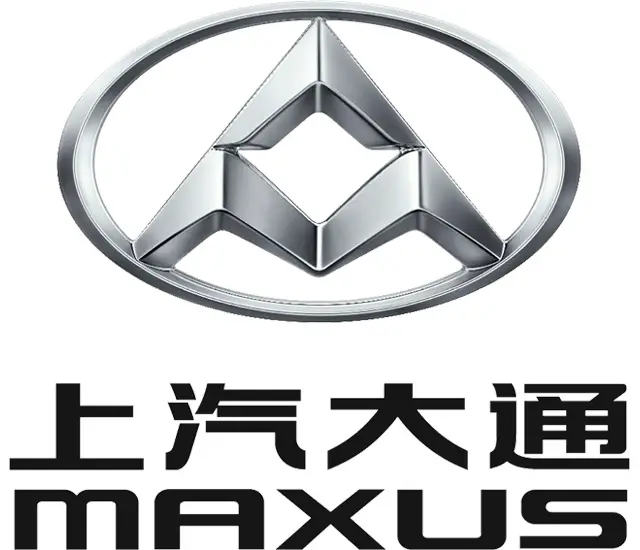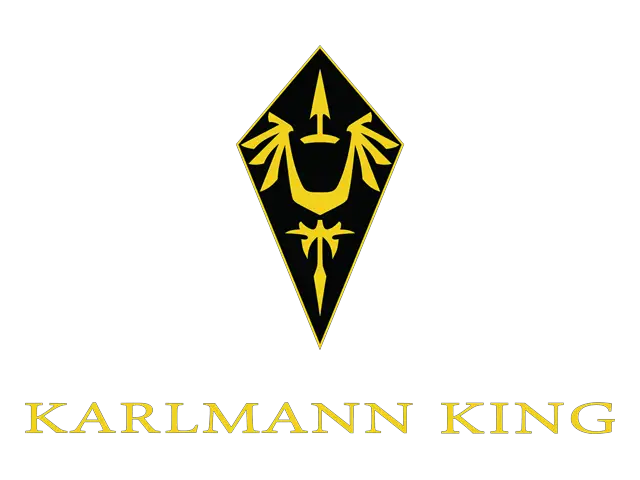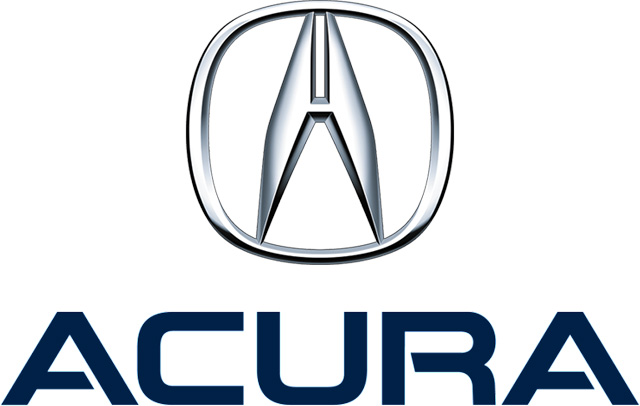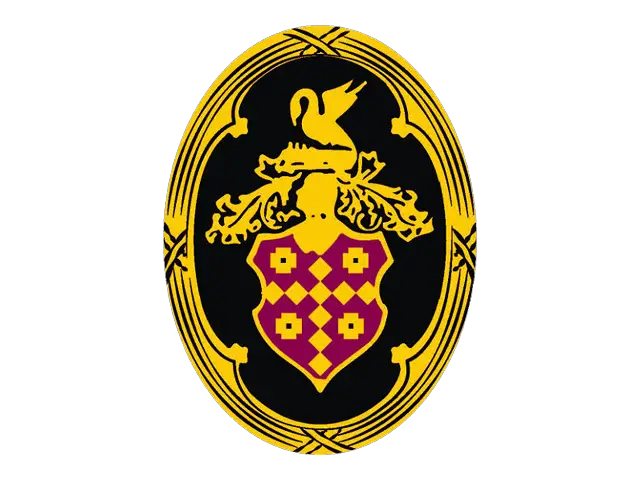volkswagen Logo - History, Design, and Meaning
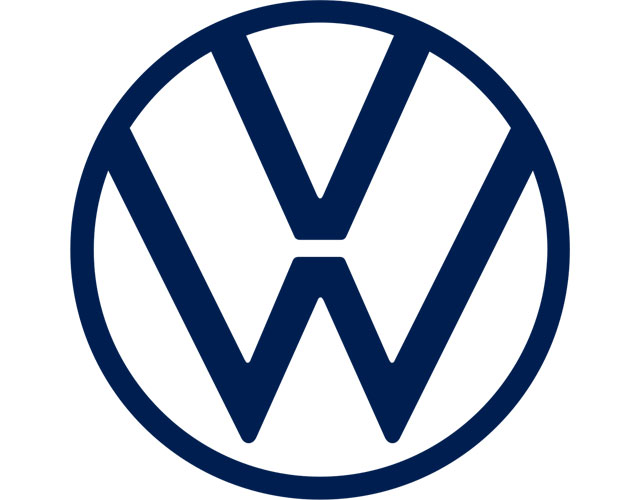
Company Overview
Volkswagen, shortened to VW, is a German automaker founded on 28 May 1937 by the German Labour Front under Adolf Hitler and headquartered in Wolfsburg. It is the flagship marque of the Volkswagen Group, the largest automaker by worldwide sales in 2016.
Key Information
- Founded: 1937
- Founder(s): German Labour Front (DAF)<br>Adolf Hitler
- Headquarters: Wolfsburg, Germany
volkswagen Logo Meaning and History

The name Volkswagen translates from German as 'car for the people.' The brand was created out of Adolf Hitler's idea to build a superhighway and make vehicles more affordable for people. This idea was born in 1933 when Hitler visited an auto show in Berlin. A year later, he became the leader of Germany and invited Ferdinand Porsche to launch the production of 'people's cars.'
The first car, the VW Beetle, was inspired by a sketch from a French magazine dating back to 1934.
The first brand logo was composed of the letters 'V' and 'W,' placed one above the other within a frame that represented a cogwheel. This design was a graphical rounded interpretation of the swastika symbol.

Two years later, the logo was redesigned to remove the Nazi symbolism while retaining the cogwheel and lettering. The new logo was practical, brutal, and masculine, with more balanced proportions.

In 1945, the brand created its longest-running logo, which laid the foundation for today's logo. This version was more graphical and strong, emphasizing the practicality and quality of the product.

The redesign of 1948 switched the color palette of the Volkswagen logo to black and white and slightly refined the contours of the monogram, reducing the space between the 'V' and the 'W' and emboldening the interior outline of the roundel. This version was used for a decade.

In 1960, a unique square logo was designed to maintain the brand's global image as it began operating in international markets. The square frame and monochrome palette reflected the power and stability of the brand.

Seven years later, the square was replaced with the traditional circular design. The new logo was similar to the one from 1945 but was more minimalist and elegant, with a blue and white color scheme showing blue letters on a white background.

The logo form was slightly modified by doubling the frame, and the letter 'V' became a little smaller. The colors were switched to the current logo, featuring a white symbol on a blue background.

Subsequent modifications focused on the color palette, which remained blue and white but with a lighter and brighter blue. The proportions were also adjusted slightly.
In 1995, a new shade of blue was adopted for the iconic badge, becoming smoother and significantly darker, which made the badge look more professional and serious. This shade was used for almost five years.

The redesign of 1999 added volume to the Volkswagen badge, incorporating gradient shades to the blue background of the roundel and a light shadow to the white lines of the characters. This was a transitional badge leading to the three-dimensional version introduced a year later.
The new three-dimensional logo featured a silver tone for the white color and a calmer, more intense blue. The proportions were perfectly balanced, giving the logo a powerful appearance.

The 3D effect was maximized, although the size of the emblem was reduced. The lines of the letters appeared sharper and bolder, giving the logo a strong and confident look, evoking a sense of progress.

The Volkswagen emblem is instantly recognizable, with its round frame and brand initials known all over the globe.

The brand's symbol comprises two letters: 'V' for 'Volks' (people) and 'W' for 'Wagen' (vehicle), with the 'V' placed above the 'W.' The letters are enclosed in a circle.

The color scheme of the Volkswagen emblem combines blue and white, where white is used for the letters and blue serves as the background. This palette reflects the brand's professionalism and stability, with a strong emphasis on quality.


While the emblem has evolved throughout the brand's history, the foundational elements were established from the very beginning.
The brand's symbol is composed of two letters: “V” for “Volks”, people, and “W” for “Wagen”, vehicle. The “V” is placed above “W”. The letters are enclosed in a circle.
The color scheme of the Volkswagen emblem is a combination of blue and white, where white is used for the letters and blue - as a background. This palette reflects the brand's professionalism and stability, with the main accent on quality.
The emblem has changed during the brand's history, but the basis was created in the very beginning.

How did Volkswagen get its logo?
There is no news that Volkswagen was started as a Nazi brand, so the first version of its iconic monogram logo was inscribed into a swastika-like frame. The original VW badge was introduced in 1938 and has undergone several redesigns, before getting to the current minimalistic and extremely stylish version.
What does the Volkswagen logo mean?
The Volkswagen logo means nothing but the name of the brand, which is composed of two German words, “Villa”, which means “People”, and “Wagen”, which means “Automobile”. As the two wordmarks together can be translated as the “People's Car”, or a “Car for People”. The logo of the brand depicts two capital letters, standing for the two words, making up the name of the car marque.
Why did VW change its logo?
All brands try to follow the latest trends in visual design dentistry design and to show their progressiveness and innovative approach to all aspects of the business, and Volkswagen is not an exception. The latest redesign of the brand's badge was held in 2019, to create a more modern look for the iconic badge, and represent the growth of the legendary German company.
